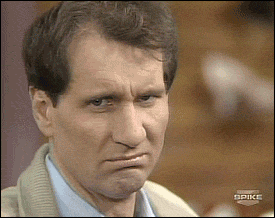But then you would need a propeller capable of absorbing the full power and that prop would be way too lightly loaded in normal operation to produce much thrust.
Such a setup would require a pair of CPP wheels to be of much use and that setup would negate any cost savings plus add another layer of complexity and maintenance demands.
What's the point?
There is a good reason that the opposite of that scheme is the only method with a history of successful marine application, that is two engines (or more) driving a single shaft.
The chain(s) would be oversized solely for the purpose of insuring that the second (remaining) chain would not break following instantaneous failure of the opposite chain/shaft in a high power scenario...a safety consideration...that's all. Thinking in terms of a retrofit of something like a 46 GB with twin 375's or more. (I keep forgetting this is a mostly Lehman web site). Anyway, a 400 HP single would probably get 13-14 knots at max output for occasional use, but run comfortably at 8-9 kts ...where "fast trawlers" operate these days anyway. In fact one of those 375's could be pulled out and the remaining engine might do the job of getting the hull "on plane" for the occasional burst of speed. Objective would be to stay with existing gearboxes...maybe props...or possibly upsize props very slightly. The chain drive arrangement allows a great deal of flexibility in overall ratio. Of course changes would depend on capabilities of existing structure, loads, shafts, transmissions and clearances. Should be an overall weight reduction, the engine runs higher on the power curve at slow speed....possible fuel savings especially if the props were optimized.
Last edited:







 :lol:
:lol: